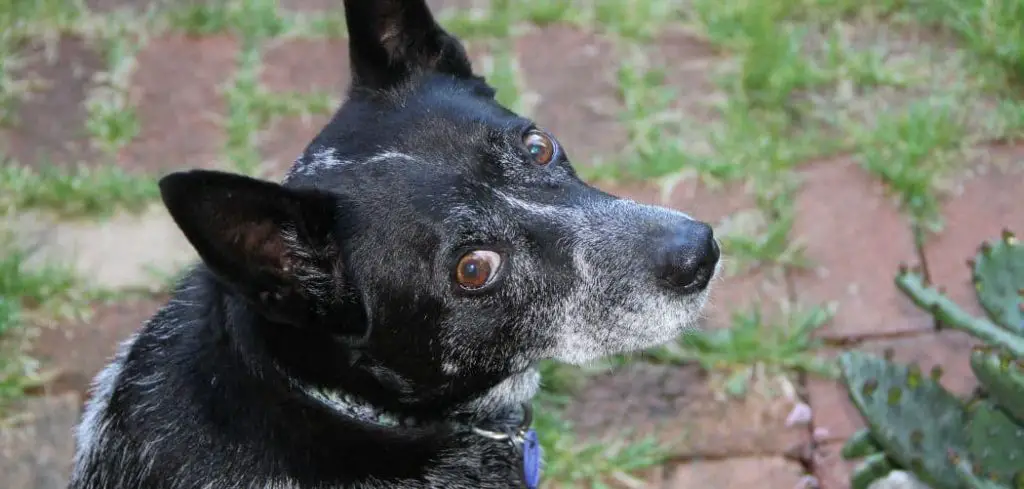If your dog is drinking water excessively and constantly needing to pee, it can be more than just a quirky habit. This behavior may signal an underlying health problem that deserves your attention.
We outline the common causes of excessive drinking and peeing in dogs, what you can do at home, and when to seek veterinary help.
Dog Excessively Drinking and Peeing — Why It Happens
Excessive drinking and peeing in dogs can points to infections or chronic diseases. Dogs may drink more water due to kidney problems, diabetes, hormonal imbalances like Cushing’s disease, or even urinary tract infections.
Some medications or diet changes can also lead to higher fluid intake. Identifying the root cause early is key to preventing complications.

Dog Excessively Drinking and Peeing: Common Causes
Kidney Disease
The kidneys regulate waste and fluid balance in the body. When they begin to fail, they lose the ability to concentrate urine properly.
This means your dog pees more, which in turn makes them drink more to stay hydrated.
You might also notice lethargy, weight loss, or bad breath. Chronic kidney disease is especially common in older dogs and can progress quietly over time.
Early diagnosis and dietary management are essential to slow progression and maintain quality of life.
Read more: Old dog drinking a lot of water and not eating (Here’s Why)
Diabetes Mellitus
One of the hallmark signs of diabetes in dogs is excessive thirst and urination.
In diabetic dogs, glucose builds up in the bloodstream and spills into the urine. This pulls water with it, leading to increased urination (polyuria) and compensatory thirst (polydipsia).
You may also notice weight loss despite a good appetite, cloudy eyes, or recurring infections.
Left untreated, diabetes can lead to severe complications like ketoacidosis or organ damage.
Cushing’s Disease (Hyperadrenocorticism)
Cushing’s disease is caused by an overproduction of cortisol, often from a pituitary or adrenal tumor.
Excess cortisol disrupts water and electrolyte balance, resulting in frequent urination and an insatiable thirst.
Other signs may include a pot-bellied appearance, thinning skin, hair loss, and increased appetite.
Cushing’s is common in middle-aged and older dogs and requires diagnostic testing to confirm.
Urinary Tract Infection (UTI)
UTIs can make your dog feel the urge to pee frequently, even if the bladder isn’t full.
To compensate for fluid loss or discomfort, they may drink more water than usual.
Other signs include straining to urinate, blood in the urine, or having accidents indoors.
UTIs are typically treated with antibiotics, but they can become chronic if not properly addressed.
Side Effects of Medication
Some medications can cause increased thirst and urination as a side effect. The most common culprits include corticosteroids like prednisone and certain diuretics.
If your dog recently started a new medication, review the side effects and speak with your vet.
Always monitor for other changes in behavior or appetite when medications are introduced.
Dietary Factors
Dogs on high-sodium diets or dry kibble may naturally drink more water to stay hydrated.
While this can be normal, sudden changes in drinking behavior tied to diet should still be evaluated.
Feeding a wet or balanced fresh food diet can sometimes reduce the need for excessive water intake.
However, if your dog is guzzling water excessively, rule out health issues first before assuming it’s diet-related.
What to Do If Your Dog Is Excessively Drinking and Peeing
Start by observing and noting how much your dog is drinking in a 24-hour period. A normal dog drinks about 1 ounce of water per pound of body weight daily.
If you notice your dog is drinking significantly more, set up a veterinary appointment for blood and urine testing.
Make sure fresh, clean water is always available—never restrict access, even if your dog is urinating frequently.
Try to reduce stress or changes in environment that might affect drinking behavior. Sudden lifestyle changes can occasionally alter bathroom habits.
Avoid salty treats or foods that may increase thirst. If you’re feeding a high-sodium or low-moisture diet, consider switching to something with more balanced hydration.
When to Call or Visit Your Vet
Excessive drinking and peeing should always prompt a veterinary visit if it:
Develops suddenly
Persists longer than a day or two
Comes with other symptoms like vomiting, lethargy, or appetite loss
Blood work and a urinalysis are usually the first steps in diagnosing the problem.
In older dogs, these symptoms may signal chronic conditions like kidney disease or diabetes that require long-term management.
In younger dogs, infections or endocrine disorders might be to blame and are usually treatable with timely intervention.
If your dog is having accidents in the house or seems uncomfortable when urinating, get help sooner rather than later.
Read more: Dog peeing excessively (What this means)
Key Takeaway
If your dog is excessively drinking and peeing, don’t brush it off as just being thirsty.
These signs often point to underlying medical conditions like kidney disease, diabetes, or hormonal imbalances.
Track how much water your dog is consuming and schedule a vet visit for lab work.
Catching the issue early can make a huge difference in treatment options and outcomes.
Always stay alert to changes in your dog’s habits—and trust your instincts when something feels off.
